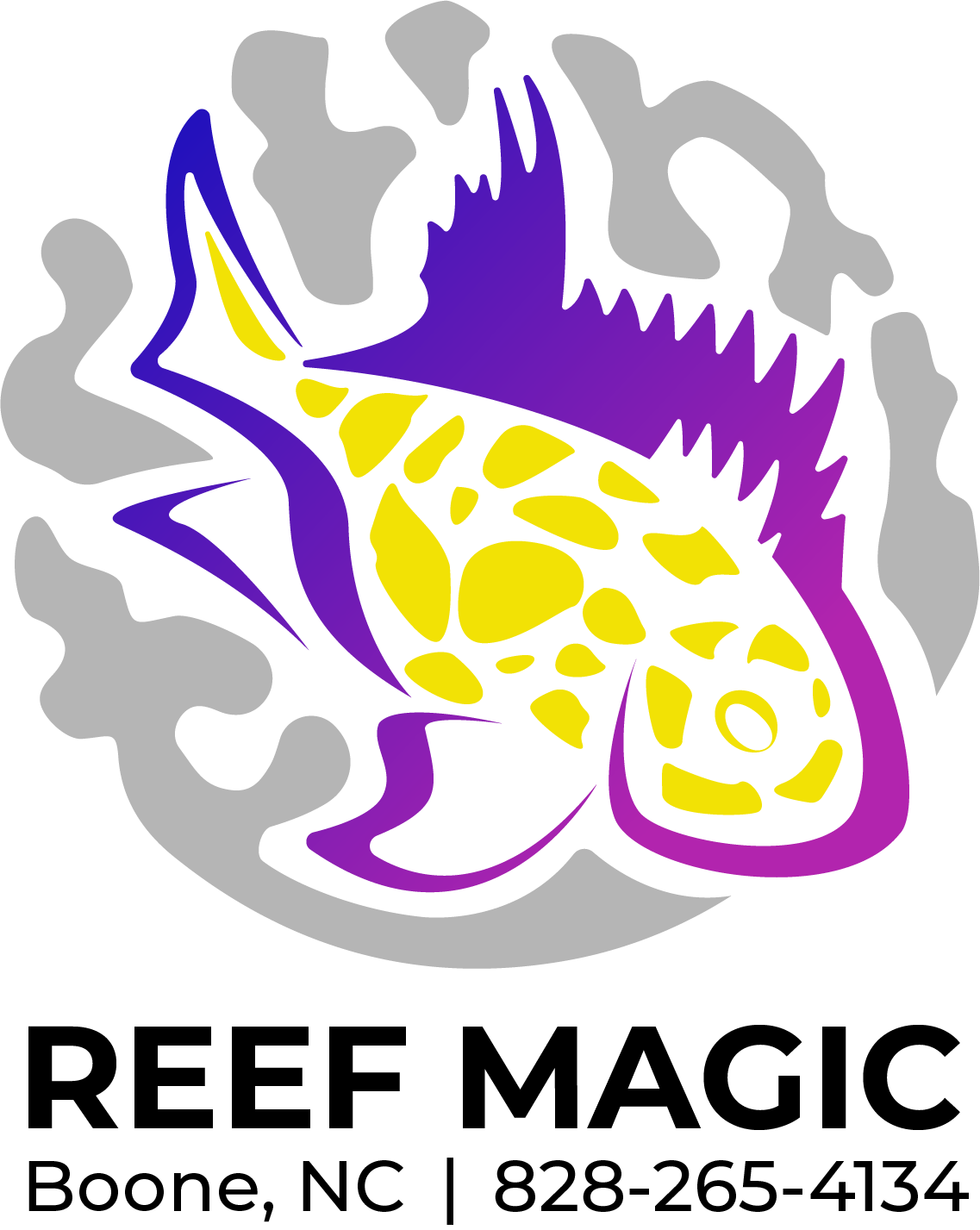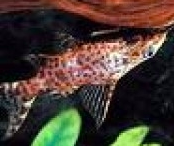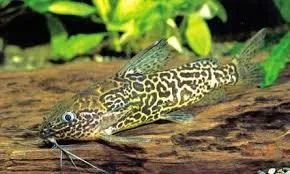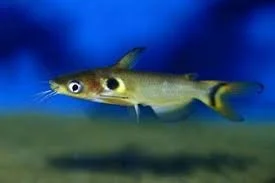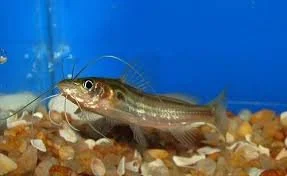 Image 1 of 1
Image 1 of 1


Catfish- Indian Pinstripe Mystus
The Indian pinstripe catfish, scientifically known as Mystus vittatus, is a small, elongated catfish from Asia, easily identified by its body stripes and shoulder spot. It has a gray-silvery to golden body with 4-5 pale blue or dark brown stripes and a short adipose fin. This species is found in fresh and brackish water habitats like lakes, swamps, and rivers, and is popular in the aquarium trade for its adaptability, though it can be a risk to very small fish.
Physical description
Body: Elongated and slightly compressed.
Color: Typically gray-silvery or shining golden.
Stripes: Has 4-5 pale blue to dark brown longitudinal stripes along its body.
Shoulder spot: A dusky spot is often present on the shoulder.
Fins: A small adipose fin is located between the rayed dorsal fin and the anal fin.
Barbels: Features long, slender barbels, which help it navigate and locate food.
Maximum size: Can grow up to approximately 22 cm (8.3 inches).
Habitat and behavior
Native range: Found in freshwater and brackish water systems across Asia, including Pakistan, India, Sri Lanka, Nepal, and Bangladesh.
Habitat: Inhabits lakes, swamps, and rivers, often near marginal vegetation.
Diet: Omnivorous and will adapt to frozen and prepared foods in an aquarium. It is known to eat very small fish.
Temperament: Not overly territorial and can be kept in groups, though tankmates should be chosen carefully to prevent them from being eaten.
Aquarium requirements: Prefers a spacious tank with hiding places like driftwood and rocks, and dim, diffused lighting.
Other details
Scientific name: Mystus vittatus.
Synonyms: Also known as Striped Dwarf Catfish, Pyjama Striped Catfish, and Asian Striped Catfish.
Conservation status: Listed as 'Least Concern' by the IUCN Red List.
The Indian pinstripe catfish, scientifically known as Mystus vittatus, is a small, elongated catfish from Asia, easily identified by its body stripes and shoulder spot. It has a gray-silvery to golden body with 4-5 pale blue or dark brown stripes and a short adipose fin. This species is found in fresh and brackish water habitats like lakes, swamps, and rivers, and is popular in the aquarium trade for its adaptability, though it can be a risk to very small fish.
Physical description
Body: Elongated and slightly compressed.
Color: Typically gray-silvery or shining golden.
Stripes: Has 4-5 pale blue to dark brown longitudinal stripes along its body.
Shoulder spot: A dusky spot is often present on the shoulder.
Fins: A small adipose fin is located between the rayed dorsal fin and the anal fin.
Barbels: Features long, slender barbels, which help it navigate and locate food.
Maximum size: Can grow up to approximately 22 cm (8.3 inches).
Habitat and behavior
Native range: Found in freshwater and brackish water systems across Asia, including Pakistan, India, Sri Lanka, Nepal, and Bangladesh.
Habitat: Inhabits lakes, swamps, and rivers, often near marginal vegetation.
Diet: Omnivorous and will adapt to frozen and prepared foods in an aquarium. It is known to eat very small fish.
Temperament: Not overly territorial and can be kept in groups, though tankmates should be chosen carefully to prevent them from being eaten.
Aquarium requirements: Prefers a spacious tank with hiding places like driftwood and rocks, and dim, diffused lighting.
Other details
Scientific name: Mystus vittatus.
Synonyms: Also known as Striped Dwarf Catfish, Pyjama Striped Catfish, and Asian Striped Catfish.
Conservation status: Listed as 'Least Concern' by the IUCN Red List.

